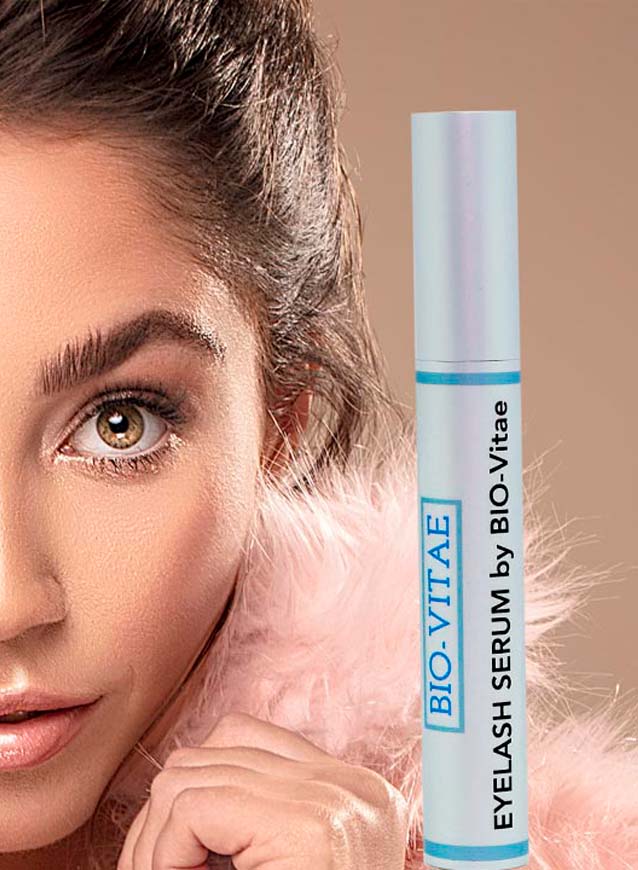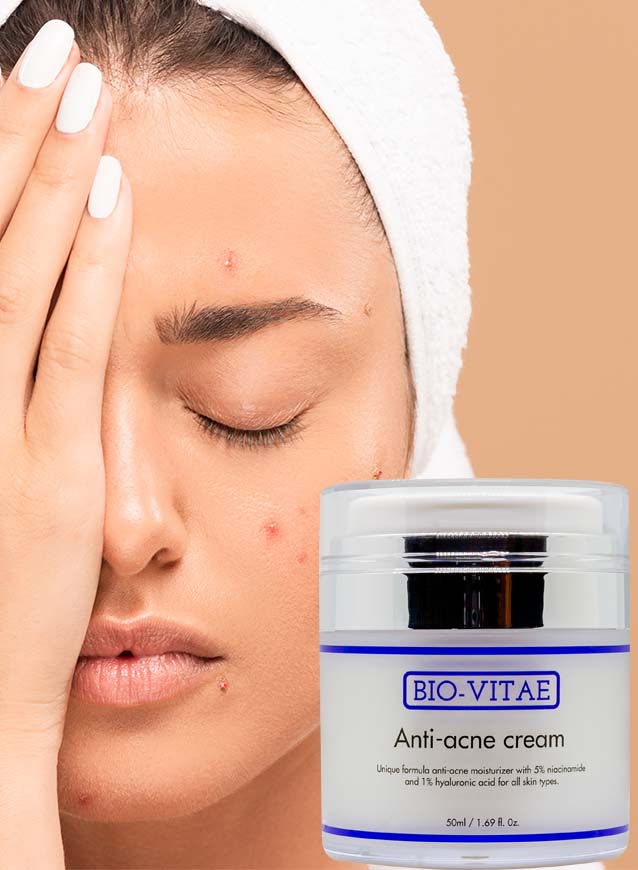What does Retinol do to your skin.
What is retinol?
Scientists first extracted retinol from the larger family of more potent retinoids in 1947, and it's been a hit for its acne-fighting properties ever since. In the 1980s, they noticed that retinol also had one anti-aging effect on the skin and an ability to reduce fine lines and wrinkles (and add a special fresh glow) due to the rapid cell turnover initiated by retinol (Gilman, 2016). Over time, other uses were introduced.
- Retinol is one of several retinoids in the vitamin A family.
- Unlike the prescription retinoid called tretinoin, most retinol products can be purchased without a prescription.
- Retinol is used for acne, wrinkles and other signs of aging and skin discoloration.
- A dizzying array of retinol products and formulations are available.
Retinol and vitamin A
Vitamin A is an essential nutrient important for healthy eyes, skin, immune system function and more. In very simple terms, you can think of vitamin A as carotenoids and retinoids.
Carotenoids are pigments (colors) that give the bright orange, yellow, and red colors to various vegetables and other foods, as well as antioxidants that help protect cells from free radical damage.
Advertising
Simplify your skincare routine
Each bottle of prescription Nightly Defense is made for you with carefully selected, powerful ingredients and delivered to your door.
Learn more
Retinoids, the massive family of compounds that are man-made from vitamin A, come in various forms to help treat a variety of skin conditions. There has been no less than four generations of retinoids used for skin disorders , and new product formulations are continuously developed (Gilman, 2016).
And retinol is one of those retinoids.
How does retinol work?
When you put retinol on your skin—whether it's in the form of a serum, skin or eye cream, or other topical formulation—it speeds up the skin's normal turnover rate. This ability is key to its effectiveness. It pulls this off by bleeding through cell membranes in the skin and, once inside the cells, latches onto receptors that dictate which genes are activated.
The genes tell cells which roles to play (cell differentiation). They also dictate how fast cells should reproduce and grow (cell proliferation) as well as when they should die (cell death) (Babamiri, 2010).
The overall result: Used over time, retinol counters fine lines and wrinkles, and the appearance of aging. It strengthens the protective effect of the skin's outer layer (epidermis) and promotes the growth of proteins called keratinocytes, of which skin, nails and hair are made.
Retinol also helps keep the skin firm and plump by protecting collagen - that the important structural protein in skin and other connective tissues - breaks down (Zasada, 2019).
For acne, topical retinol works by helping to keep skin pores unblocked. It has anti-inflammatory effects and also works for keep things cleared away on the skin over time —Cut down on blockages that can lead to blackheads and pimples (Leyden, 2017). Retinol too regulates the amount of oily sebum produced by the skin's sebaceous glands (Zasada, 2019).
Benefits of retinol
Retinol can do a number of things. People use it to:
- Manage acne and keep pores and skin clear: Retinol helps tackle clogged pores, blackheads, acne and more by making the cells that clog pores less sticky and also reduces pore size.
- Improve and enhance skin texture and tone: This gives the skin a smoother and more even appearance. The overall result? Retinol brightens the skin.
- Reduce wrinkles and fine lines: Retinol not only increases cell turnover on the surface of the skin, but stimulates collagen and skin elasticity.
- Reduce hyperpigmentation: It's usually harmless, but often frustrating: Retinol can help reduce hyperpigmentation, where areas of skin become darker than the surrounding skin because excess amounts of pigment are concentrated in one spot. Retinol can help even things by speeding up the turnover of problem skin.
Types of Retinol - Strengths, Formulations, Brands
Retinol can be effective, but involves choosing the right strength and formulation. This can take some effort because there are a dizzying number of retinol products available.
Be prepared for some trial and error and give the retinol time to work. Because it becomes active after interacting with the skin's cellular level, retinol (unlike prescription retinoids) may need steady action over weeks or months to produce an effect. Give it four to six weeks or more to start evaporating fine lines , wrinkles and other signs of aging. In mild acne, it can take much longer - up to four months or more (Babamiri, 2010).
Forces
While you don't need a prescription for most retinol products, you can base with a skin care practitioner (dermatologist) when starting out. Most health professionals suggest begins with the lowest concentration and then gradually increases the amount of this active ingredient (University of Wisconsin, 2020). Gels and creams often have retinol percentages ranging from 0.025% to 0.05% and 0.1%.
The goal of starting retinol slowly and at a low dose at first is to get your body used to retinol and the redness and dryness it can produce. Over time, your skin's tolerance to these effects will likely increase. Another way to get your skin used to retinol is to start by applying it once a week and then gradually work up to using it every other night — and then at night. But if your skin is not extra sensitive, you can do just fine with a concentration of 0.25% out of the gate.
Side effects of retinol
A major risk with retinol is that it can cause mental and physical birth defects when a mother uses retinol or other retinoids during pregnancy. Even though there are some debate among experts about how big the risk is and whether retinol dosage or timing matters , it is clear that to avoid any problems, you should not use retinol if you are pregnant (National Organization for Rare Disorders, 2019).
The more concentrated the retinol, the more side effects you are likely to have. It is common for retinol to dry out and irritate the skin. Redness and burning affect many users. Flaking often happens too - but not because of peeling and peeling. Instead, peeling occurs because retinols lure younger cells to the surface of the skin (Gilman, 2016).
To give your skin a break when using retinol formulations, choose gentle skin cleansers and apply a moisturizer right after the retinol product.
References
- Babamiri, K., & Nassab, R. (2010). Cosmeceuticals: Beviset bag retinoiderne. Aesthetic Surgery Journal, 30 (1), 74–77. https://doi.org/10.1177/1090820edrez09360704 https://academic.oup.com/asj/article/30/1/74/199813
- DIY acne treatment. American Academy of Dermatology. Retrieved from: https://www.aad.org/public/diseases/acne/diy
- Gilman, R., and Buchanan, P. (2016). Retinoids: literature review and proposed algorithm for use before facial resurfacing procedures. Journal of Cutaneous and Aesthetic Surgery, 9 (3), 139. https://doi.org/10.4103/0974-2077.191653 https://www.ncbi.nlm.nih.gov/pmc/articles/PMC5064676/
- Kafi, R., Kwak, H. S. R., Schumacher, W. E., Cho, S., Hanft, V. N., Hamilton, T. A., ... Kang, S. (2007). Forbedring af naturligt alderen hud med A-vitamin (retinol). Archives of Dermatology, 143 (5). https://doi.org/10.1001/archderm.143.5.606 https://pubmed.ncbi.nlm.nih.gov/17515510/
- Kligman, L.H., Duo, C.H., & Kligman, A.M. (1984). Topical retinoic acid improves the repair of ultraviolet damaged dermal connective tissue. Connective Tissue Research, 12 (2), 139-150. https://doi.org/10.3109/03008208408992779 https://pubmed.ncbi.nlm.nih.gov/6723309/
- Leyden, J., Stein-Gold, L. and Weiss, J. (2017). Why topical retinoids are the mainstays of acne treatment. Dermatology and Therapy, 7 (3), 293-304. https://doi.org/10.1007/s13555-017-0185-2 https://pubmed.ncbi.nlm.nih.gov/28585191/
- National Organization for Rare Disorders, Fetal Retinoid Syndrome. (2019). Retrieved from https://rarediseases.org/rare-diseases/fetal-retinoid-syndrome/
- Office of Dietary Supplements, National Institutes of Health. Vitamin A. Retrieved from https://ods.od.nih.gov/factsheets/VitaminA-HealthProfessional/
- Skin Cancer Foundation. When beauty products cause skin sensitivity (November, 2018). Retrieved from https://www.skincancer.org/blog/when-beauty-products-cause-sun-sensitivity/
- Tolleson, W., Cherng, S., Xia, Q., Boudreau, M., Yin, J., Wamer, W., . . . Fu, P. (2005). Photocomposition and phototoxicity of natural retinoids. International Journal of Environmental Research and Public Health, 2 (1), 147-155. doi: 10.3390/ijerph2005010147. https://www.ncbi.nlm.nih.gov/pmc/articles/PMC3814709/
- Tan, J., Thiboutot, D., Popp, G., Gooderham, M., Lynde, C., Rosso, J. D., ... Gold, L. S. (2019). Randomized phase 3 evaluation of trifarotene 50 μg/g cream treatment of moderate facial and truncal acne. Journal of the American Academy of Dermatology, 80 (6), 1691–1699. https://doi.org/10.1016/j.jaad.2019.02.044 https://pubmed.ncbi.nlm.nih.gov/30802558/
- University of Wisconsin Hospitals and Clinics Authority. Retinoids: Defining the Difference. UW Health. Retrieved from https://www.uwhealth.org/madison-plastic-surgery/retinoids-defining-the-difference/45281
- Zasada, M., & Budzisz, E. (2019). Retinoids: active molecules that influence the formation of the skin structure in cosmetic and dermatological treatments. Advances in Dermatology and Allergy, 36 (4), 392–397. https://doi.org/10.5114/ada.2019.87443 https://www.termedia.pl/Retinoids-active-molecules-influencing-skin-structure-formation-in-cosmetic-and-dermatological-treatments,7,37473,1,1.html
Disclaimer of liability
If you have medical questions or concerns, talk to your healthcare provider. The articles on Health Guide are supported by peer-reviewed research and information from medical societies and government agencies. However, they are not a substitute for professional medical advice, diagnosis or treatment.
Pimples? Wrinkles and fine lines? Dark spots and discoloration? Retinol is one of several natural retinoids in the vitamin A family—and something of a skincare superstar for these and other skin concerns.








